Taking Care of Your RV's Tires (Part 2)
In a previous post, I discussed how to determine the proper tire inflation for your tires and the importance of getting your RV weighed. In part two of that post, we will discuss properly inspecting your tires and what gross vehicle weight rating is.
Inspecting your RV’s Tires
RVers should do a visual inspection of your tires before each trip. You should also plan on a recurring schedule of inspection, rotating, balancing and alignment service from a professional. An inspection from the RV owner should involve visually looking for nails, cuts, bulges, cracks and weathering, and if you have duals, look for objects that may have become lodged in between the tires. The part that is not fun here is that you need to make sure you visually check out the inside sidewall and not just the part of the tire you can see by standing next to the tire. This may require you to get a little dirty to see the other side of the tire. There are many conditions that you should look out for on the tread as well. Here are some visual indications that you should be aware of:
If you see any of these signs of wear you should take it to a tire professional and have them inspect it and give recommendations. If you see a slight indication, and you catch it early, then you may be able to correct the problem before it becomes severe, and thus saving yourself money and ensuring a safe ride. The visual inspection may seem a little repetitive, and it is, but RVers that skip this process and then have issues down the road always wish they had taken a few minutes to do this. Put this process on your pre-trip planning list and make it a priority.
Gross Vehicle Weight


There are some companies that have pads that you pull on that give the weight at each tire, and this would be the easiest of them all. In any event, getting weighed routinely is crucial to ensuring a safe weight as you barrel down the road.
Well that does it for now. Taking care of those tires and maintaining proper weights is crucial to safe RVing, so make sure you are taking all of the precautions necessary to give you and your family a safe trip.


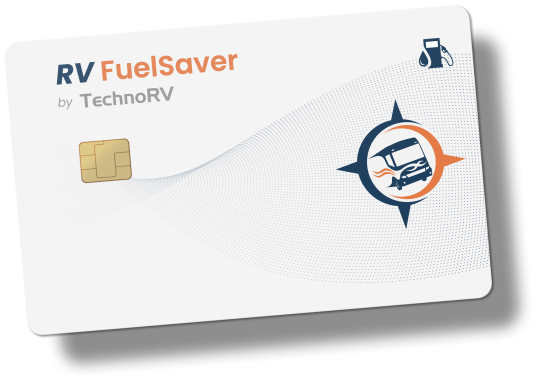
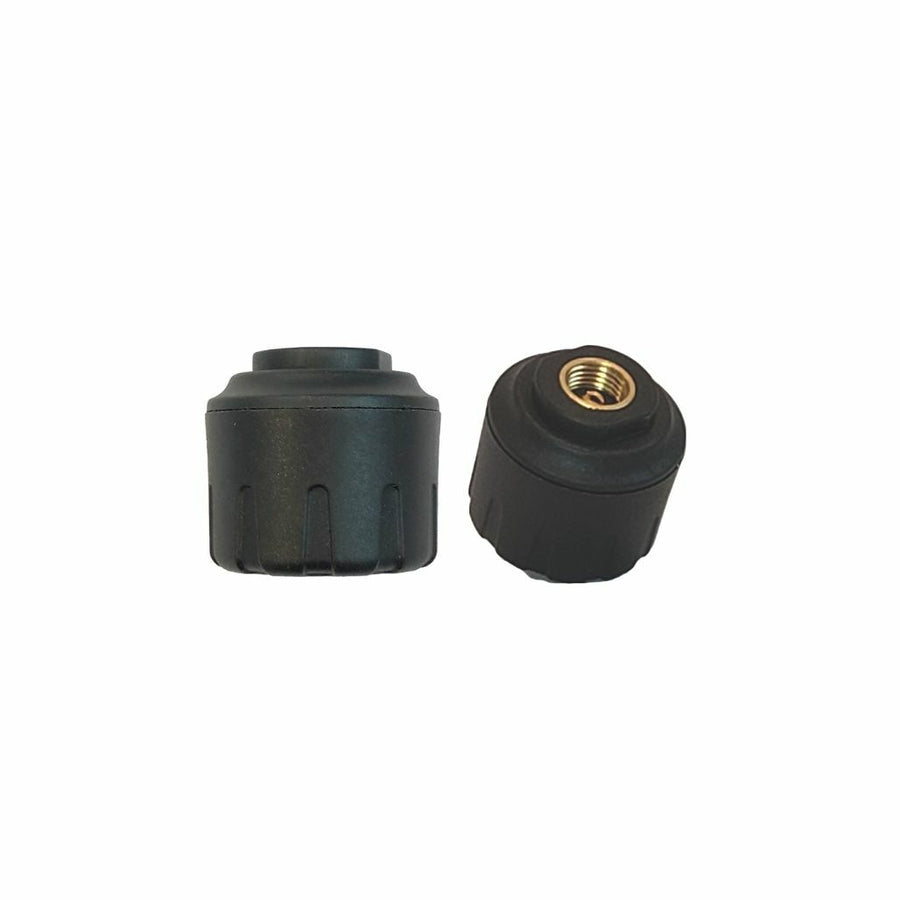
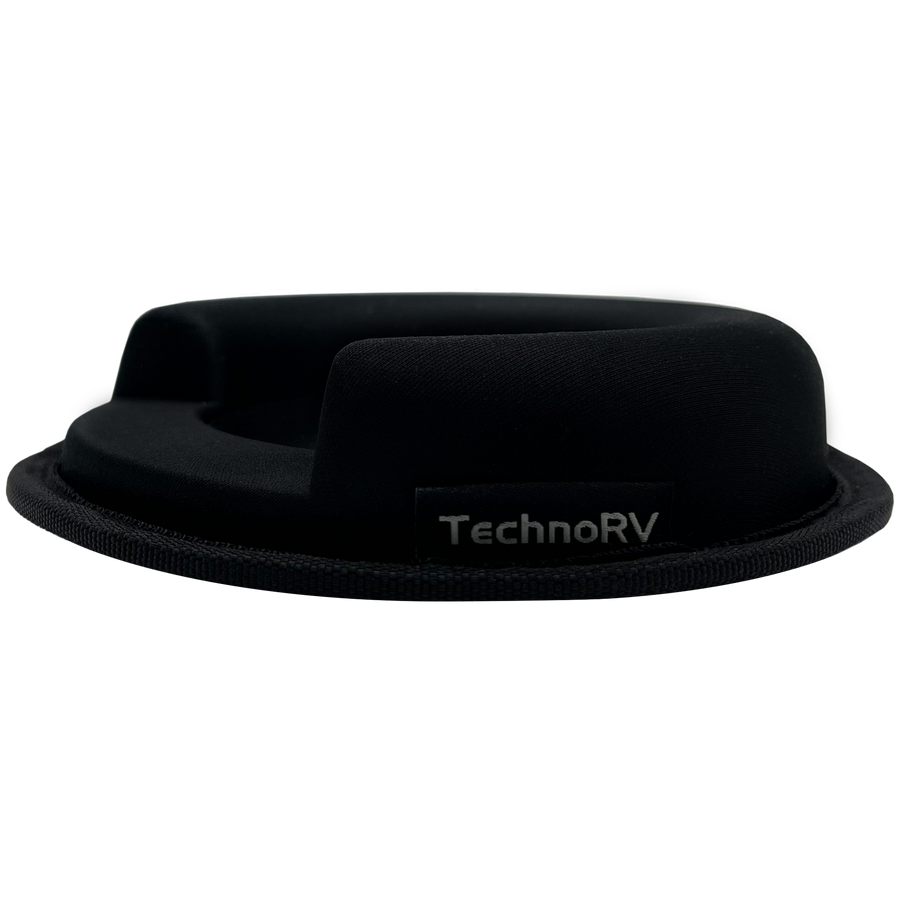


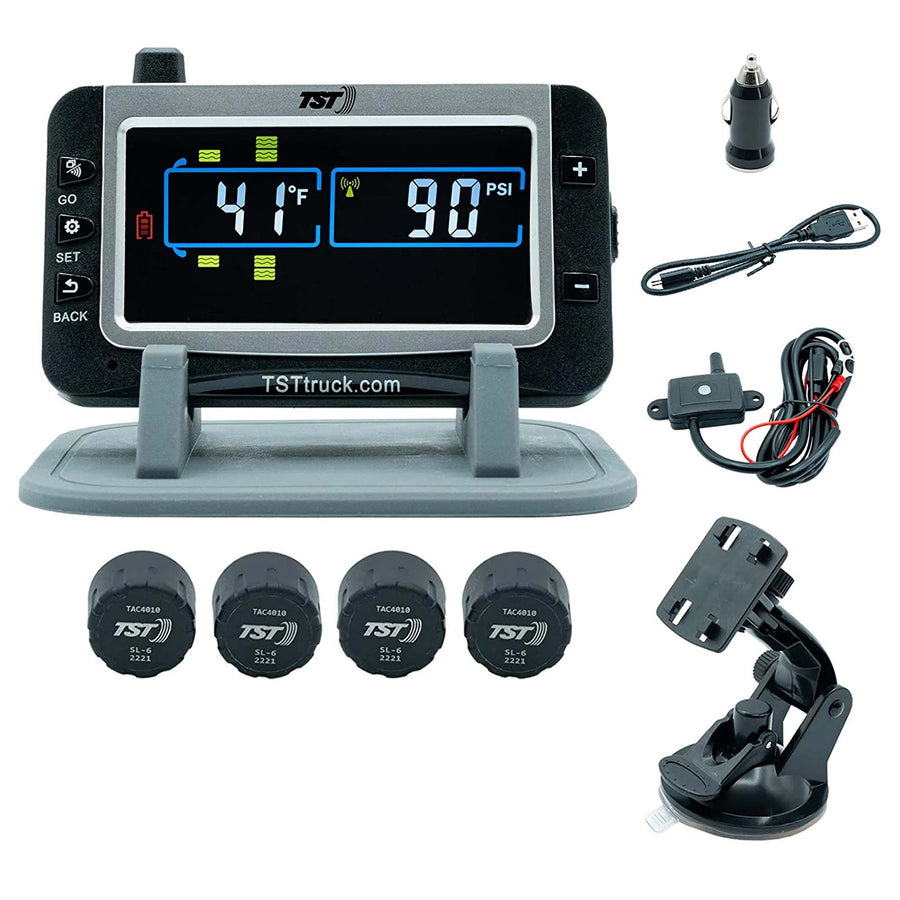
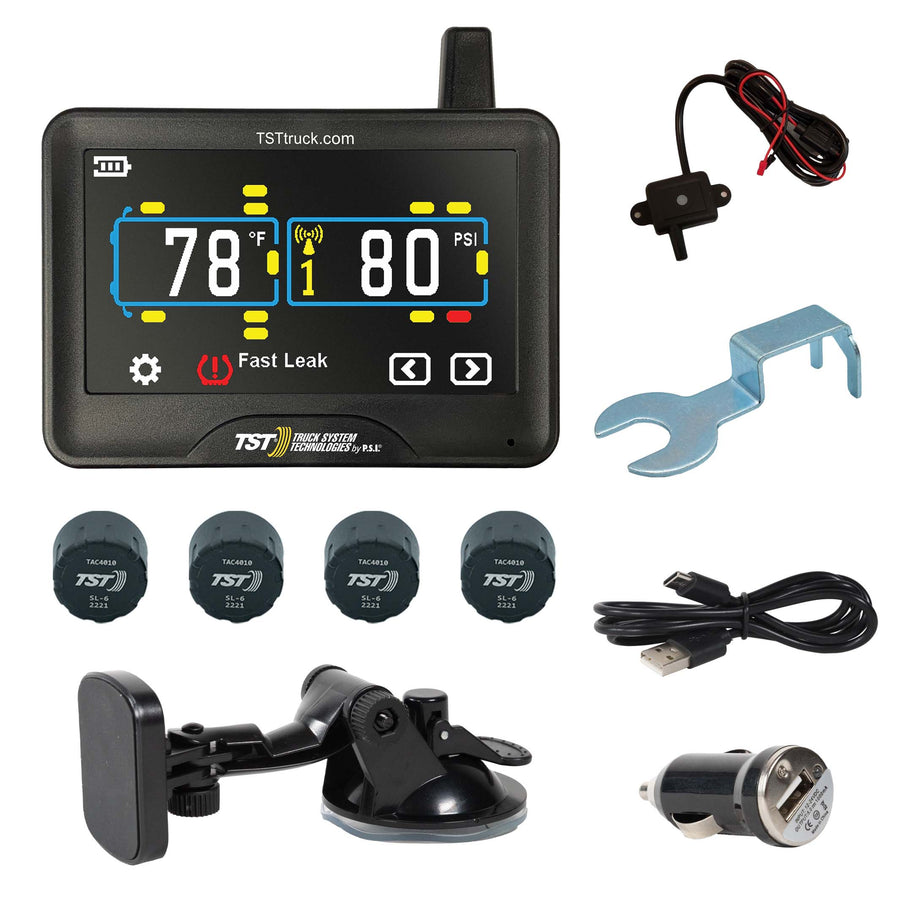
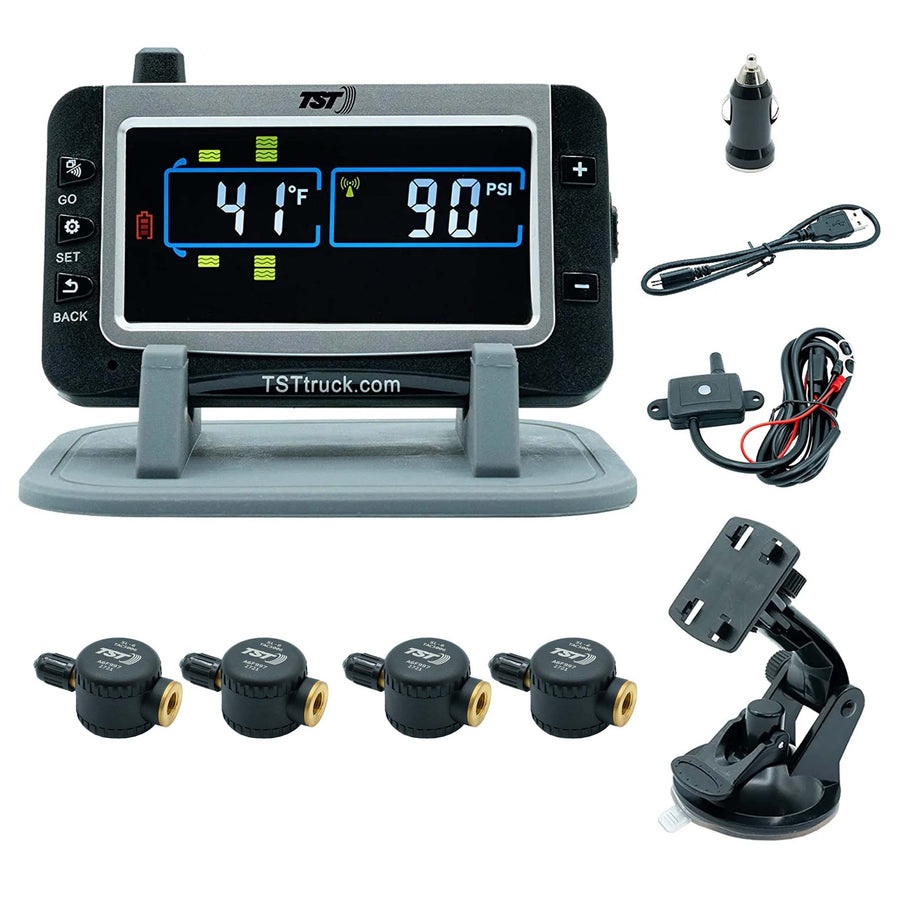
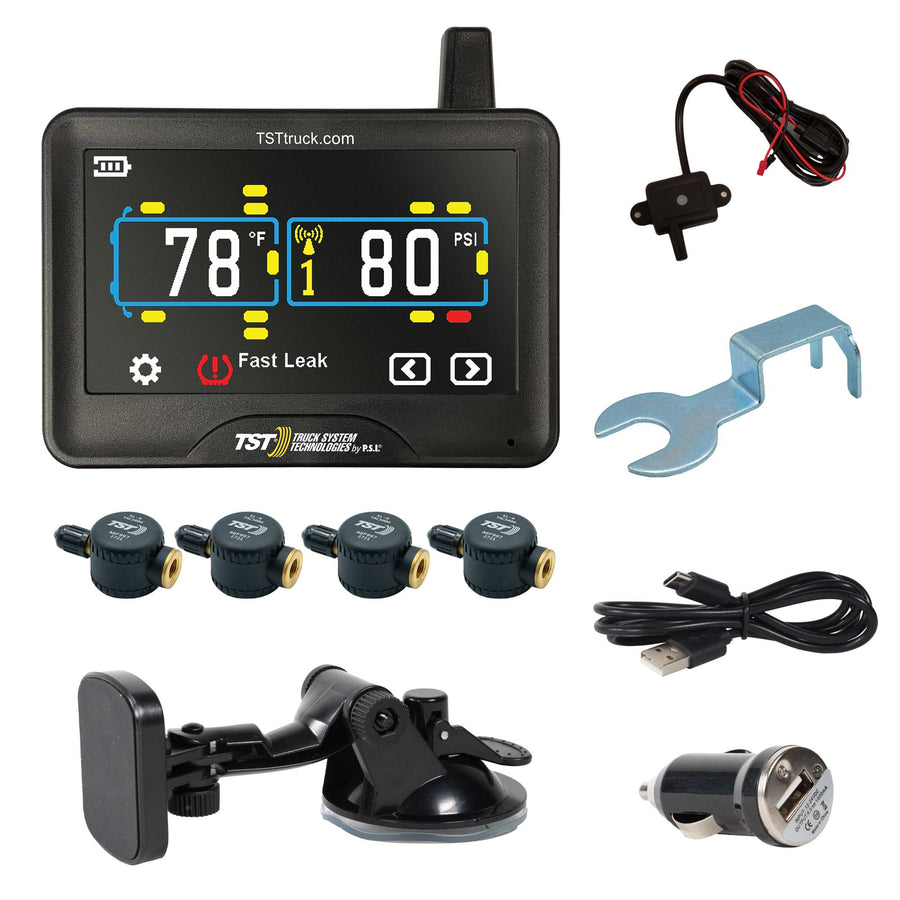

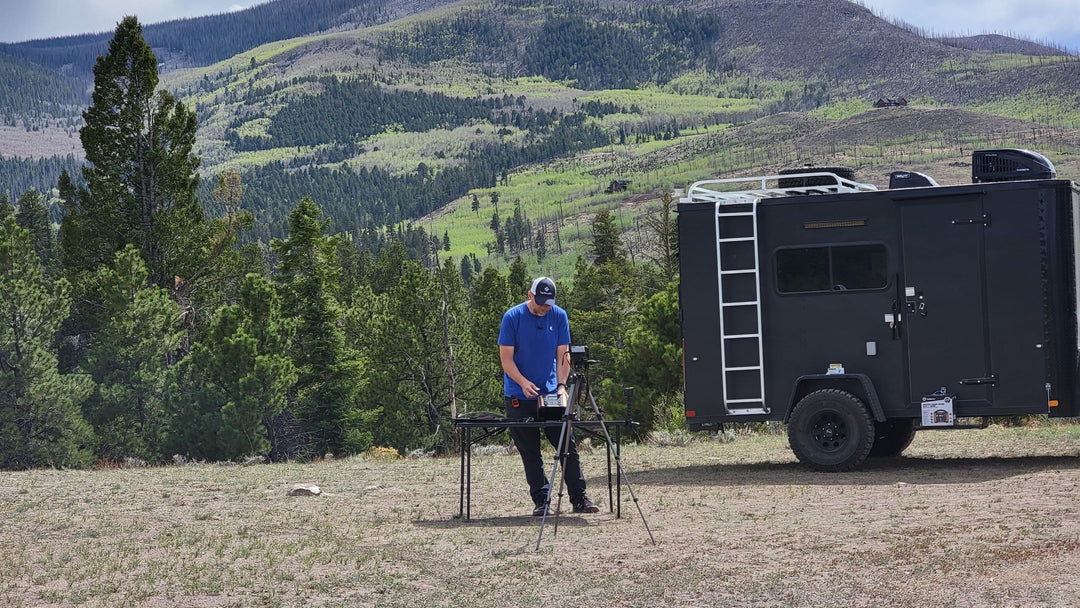
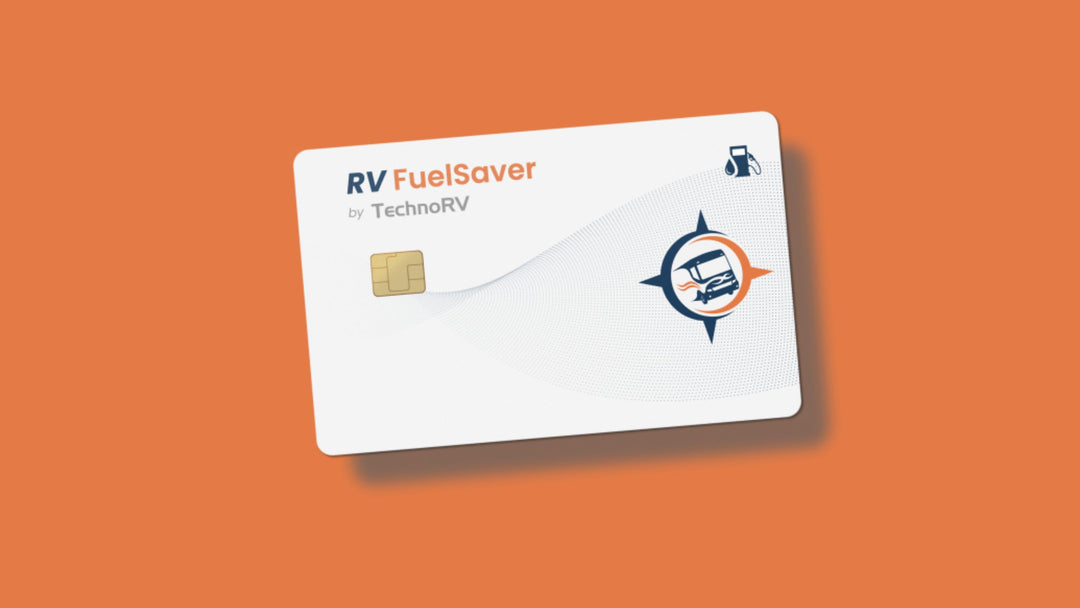
Leave a comment